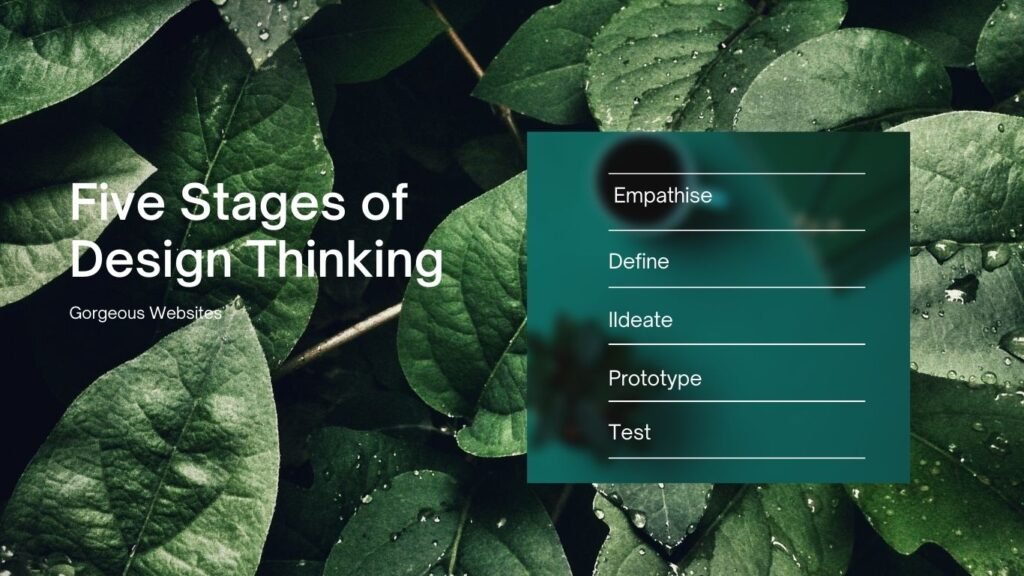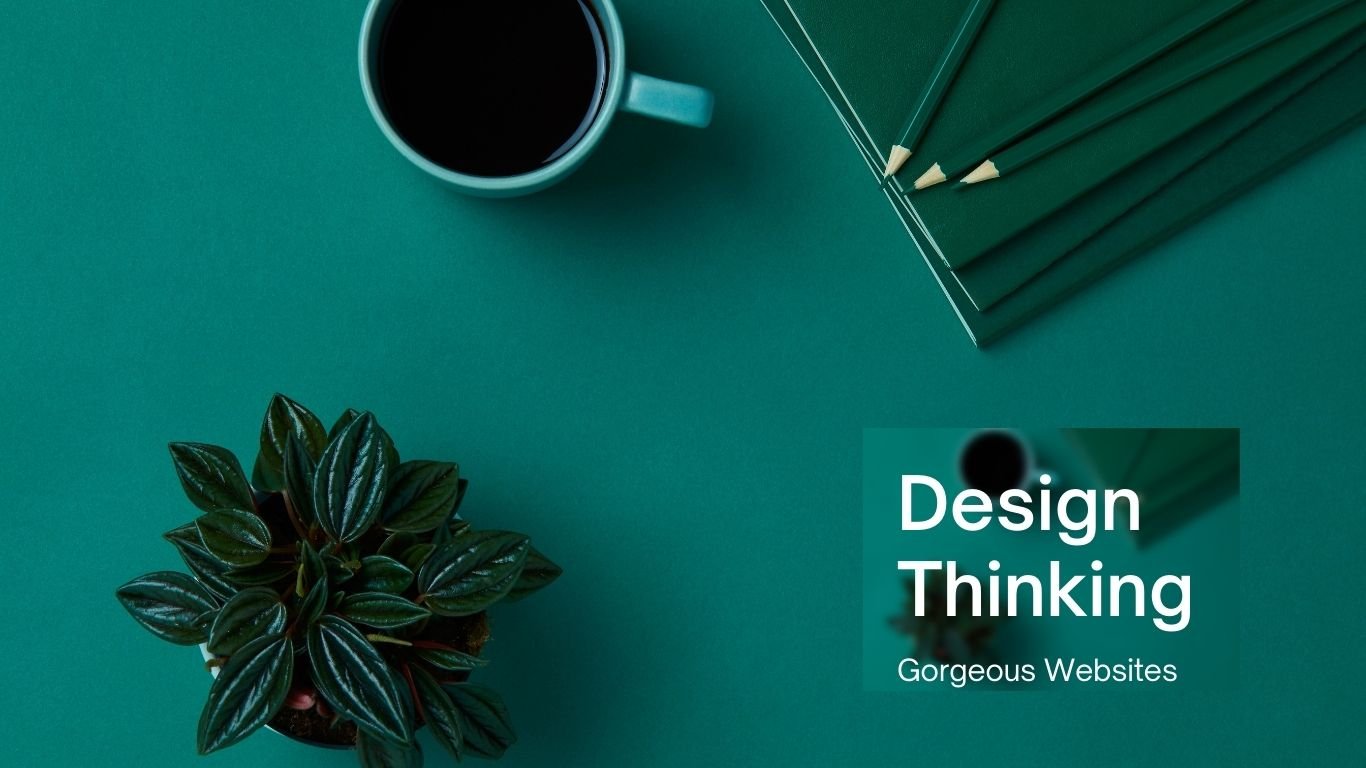Conceptually Design Thinking is developing final customer-focused feasible design solutions through critical thinking and experimentation after clearly defining a problem based on thorough research.
This has become a popular way of working (and particularly problem-solving) in recent years due to the rate at which changes and developments occur on websites, as well as in other fields. It’s imperative to be on top of these challenges, no matter how complex, and have a toolkit available to face them head-on – that’s where Design Thinking comes in.
This methodology is taught in prestigious institutions in UK and US institutions like Harvard, Stanford, and MIT. Institutions are encouraging to design thinking to improve creative confidence among the students.
The five stages to Design Thinking
Empathise

When we talk about user-focused websites it’s vital to empathize and do comprehensive research to find what is the actual requirement of end-users. People vary in their needs, their issues. Simplicity, Experience, and requirement are relative terms, what is simple for one can be extremely complicated for another. Therefore, it’s extremely important to strip all presumptions from a given situation to be focussed on the end-users need.
Empathizing with end-users also needs a deeper understanding of their problem and their approach, methodology to reach a solution. This stage requires a deep analysis and research about the issues faced by users, gathering extensive information to develop a feasible solution.
Define
Information collected and research work carried out in the first stage will be used to define the problem and outline their needs in the second stage. However, during the whole process, the human focus should always be kept in mind. The clear idea generated about the problem can then be used to generate workable examples.
Ideate
The workable examples in the second stage will help you to generate assumption-free ideas with a complete focus on the end-user. Here ‘thinking outside the box plays a major role and makes a creative thinker get the expected solution. The clear-cut definition of issues and requirements and ideas generated will help you to get the solution of creative examples.
Prototype
Once the idea is generated the next stage will be experimenting with the objective of generating solutions for the problem and refining the investigation that we have done in the previous stages. As the objective is to find a solution for more than one problem, an optimal solution will be expected for each challenge.
Design Thinkers, therefore, have to create a series of economical prototypes to find out the best fit for a number of problems we want to solve. Prototypes themselves can have their own problems. This gives the designer an opportunity to identify and improve their discovery.
Testing

Once the prototype is created, the next step will be to create test, and refine the complete product. There is a great possibility of goal displacement during the previous stages. The only way to correct the displacement and develop a feasible solution is to test, adapt and refine your product to meet the needs of the user.
A realistic and acceptable solution for the defined problems is possible if we repeat all steps mentioned above, again and again besides keeping the end-user need into consideration. The refinements in previous steps i.e., gathering information, identifying problems, idea development, developing prototype, and testing will contribute to the development of a satisfactory solution.
If you’re a forward-looking business that is searching for an innovative approach to your new website or to a site refresh, please GET IN TOUCH and discover more about the design approach we follow.





